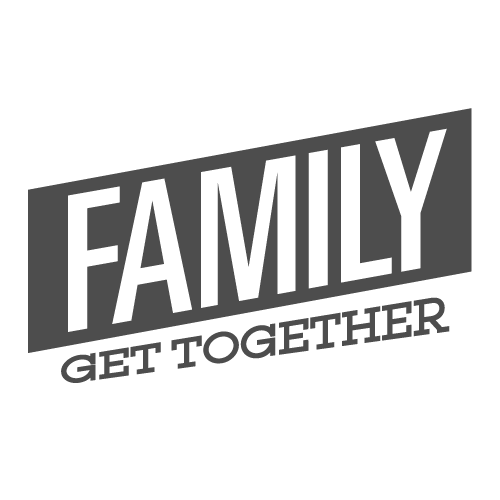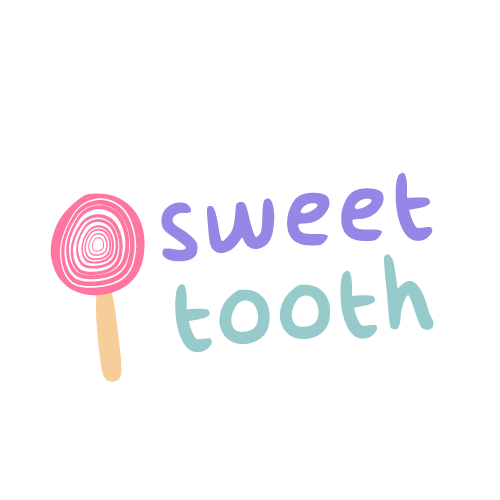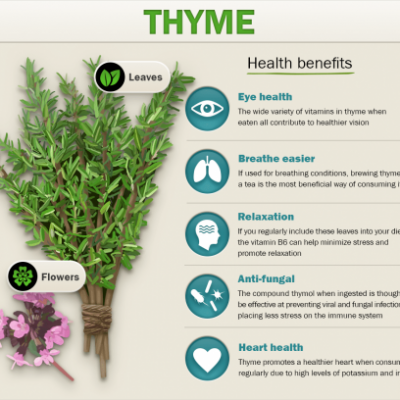When we become irritated over anything, we require time to digest the emotions that arise.
Even if the problem has been resolved or an apology has been received, we may still experience the same sensations.
Learning to manage emotions, particularly strong ones like rage, can be difficult, especially for young children. Understanding how they feel and improving emotional regulation strategies can help youngsters respond to their emotions and the environment around them with greater control and expertise.
This article discusses tools, activities, and games that can help youngsters understand and manage their internal states and emotions.
Anger Management Therapy 101 for Children
Anger is a challenging emotion for youngsters. It can make them desire to harm things or make hurtful statements to others. With the correct tools and strategies, even young children can learn to see anger differently and keep or recover control of their emotions.
Many of the most effective approaches in anger management therapy are ones that children may carry into adulthood. Anger management worksheets and counseling groups would eventually promote healthy habits for life, allowing the youngsters to pick what works best for them.
Mastery of such skills is key in childhood and critical when children enter adolescence when unbridled rage can result in a "variety of maladaptive adolescent outcomes."
Early anger management therapy depended on applied behavioral therapies such as modifying environmental stimuli, punishment, and reinforcement, and it was common for persons with problematic behavior to have continuing support. In contrast, cognitive-behavioral approaches to anger control empower children. They entail the client and therapist collaborating to think about and practice new behavioral solutions, including:
Problem-solving
Relaxation
Self-control and coping skills
Cognitive restructuring
Stress inoculation
Despite the early onset of aggression in children, it does not necessarily lead to unstable personality traits in adults. At-risk children and adolescents can learn to deal with problems in non-aggressive ways and lead productive lives as adults thanks to appropriate interventions.
6 Anger Management Worksheets
Differentiating between normal and out-of-control rage can benefit parents (teachers, caretakers, etc.) and teenagers.
It may be good to spend time together studying the following symptoms that anger is going out of control:
Getting upset over something creates tension.
Take anger too far; for example, discuss pursuing revenge or get the person back for perceived wrongdoings.
Keeping a grudge for too long or remaining furious after an event has occurred
Rather than covering up for furious outbursts or caving into demands, parents should realize and understand that such conduct is neither expected nor appropriate. Instead, parents, teachers, and emotionally focused therapists can "help the child reflect on their behavior and provide guidance to coping with their anger."
Having said that, let’s discuss how some anger management worksheets can assist children process their emotions.
1. Understanding My Anger
Anger can appear unexpectedly, without notice. Knowing how it feels early on and the type of conduct that may occur can be beneficial.
Use the Understanding My Anger worksheet to assist the teen in determining how frequently they become angry, how it feels, and the type of behavior that results.
Ask them:
How often do you become angry?
How does it feel physically when you're angry?
How do you react or behave when you're angry?
Can you think of three instances that usually make you furious where you could practice more healthful behaviors?
Recognizing how it feels to be angry and realizing that you have choices about how you behave might be the first step toward getting control of your anger.
2. What Makes Me Angry
We often feel that other people or situations cause us to become angry, but our ideas and beliefs are what control our anger. With practice, we can learn to control our emotions. Use the What Makes Me Angry worksheet to help the teen realize they have complete control over their anger.
Ask them to develop a list of things that make them furious. Consider each point in turn. Help them understand that they decide to be fierce. "It's your thoughts and beliefs that make you angry."
Anger is about how you respond to a situation, not the problem itself.
3. Alternative Thoughts
Often, our perceptions of a situation or event are unreasonable and inaccurate. Such thinking can be detrimental, making us upset and even angry.
Use the Alternative Thoughts worksheet to help the teen identify false thoughts and how they can exaggerate the scenario. Then, investigate more rational, objective thinking and how it may alter your perspective of the circumstance.
Ask them to think of three specific incidents that made them upset.
Ask each one to consider:
What were your thoughts about the scenario when you became angry?
What are the facts surrounding the situation?
Were your thoughts realistic and rational?
What might more realistic and sensible thinking be like?
Reframing erroneous thinking might alter the resulting emotions and behaviors.
4. Keep An Angry Diary
When there is no one available to talk to or seek extra assistance, it might be beneficial to record thoughts and feelings and self-reflect on angry episodes.
Use the Anger Diary worksheet to record incidents or episodes that generated anger.
The teenager reads the diary once a week. They analyze how they reacted to the situation, its implications, and potential distraction strategies.
5. Impact of My Anger
Becoming furious can be stressful for everyone concerned. Often, the angry individual does not realize the influence they have on others or the emotions they leave behind.
Use the Impact of My Anger worksheet to record instances of angry conduct and examine who was affected and how. This exercise attempts to help youngsters understand how our actions might disturb others and influence how they feel.
6. Making Amends For My Angry Outburst
"More intimate relationships carry more emotion." When we apologize to someone for our angry behavior, we send a message that they and the relationship are important to us.
Teaching teenagers to apologize and provide something to compensate for their mistakes is an important life lesson. Using the Making Amends worksheet allows teenagers to reflect on their actions, apologize for them, and make amends.
Ask the teen the following:
What was the situation?
Who did you upset?
How upset were they? How would they feel?
How and when should you apologize?
How can you make amends?
Making apologies allows you to forgive yourself and move on while learning from your mistakes.
In the end!
Anger is often upsetting for everyone involved and can influence how youngsters see people and circumstances. We frequently regret our actions, whether we speak nasty words or act inappropriately. Children who are given a secure environment to study and explore their emotions might develop new behaviors that make them happier and calmer, allowing them to keep or regain control and prevent violent outbursts.
Working through games, exercises, and worksheets, particularly in groups or with an adult, can help children learn how to calm an angry mind or avoid a scenario entirely. Acting out real-life scenarios allows youngsters to experiment with what works and what doesn't and then apply the appropriate skills when the problem arises again.
Try some of the worksheets and activities with the kids. The learnings are not limited to the job itself but also include discussions of the thinking (metacognition) underpinning it and its application in the real world. The benefits will last a lifetime.






































